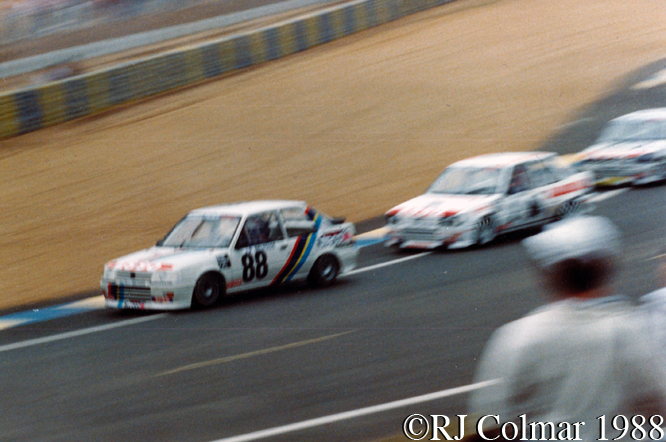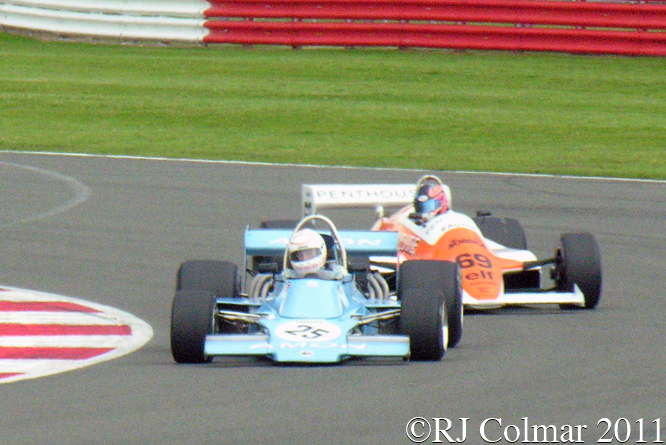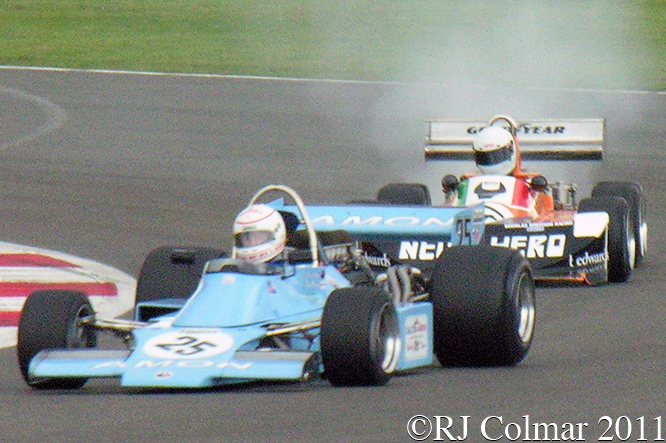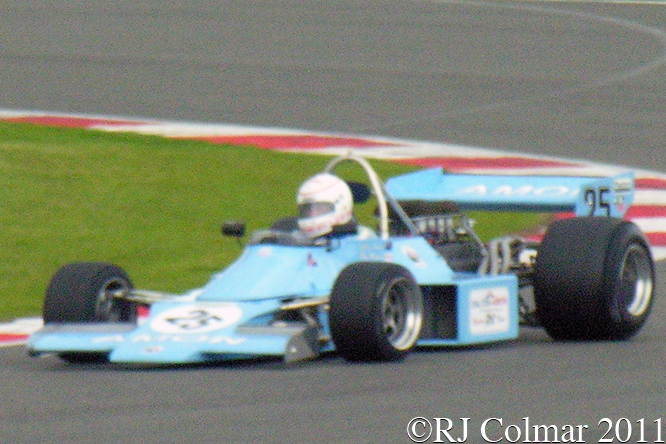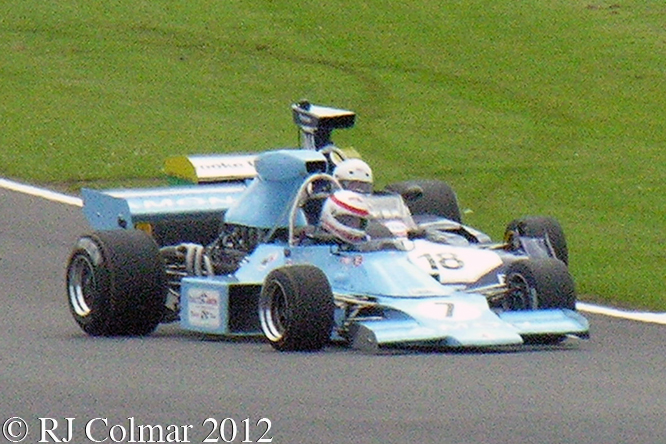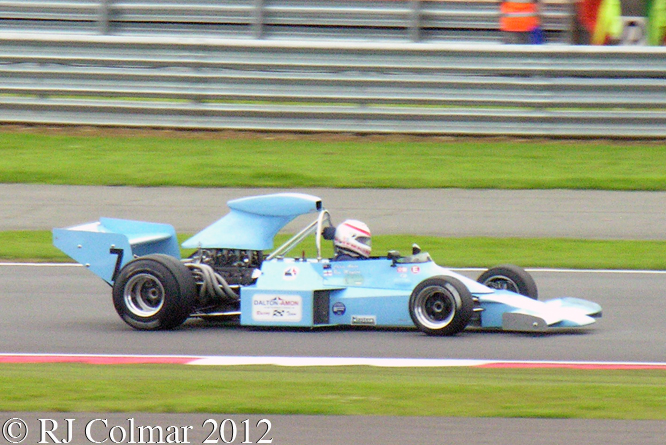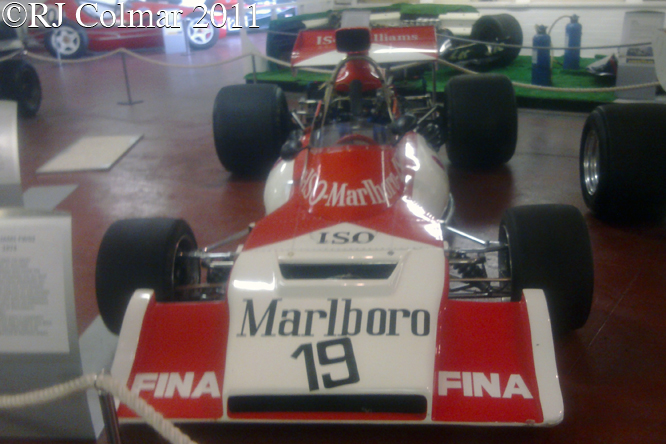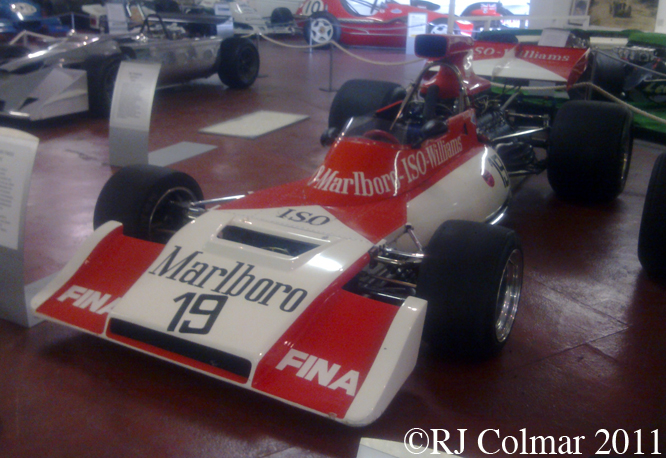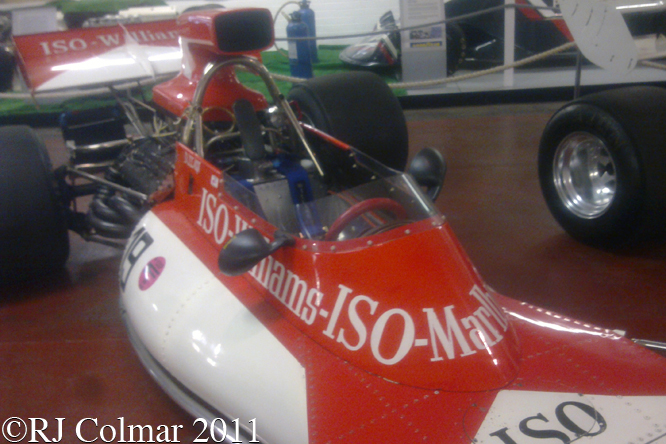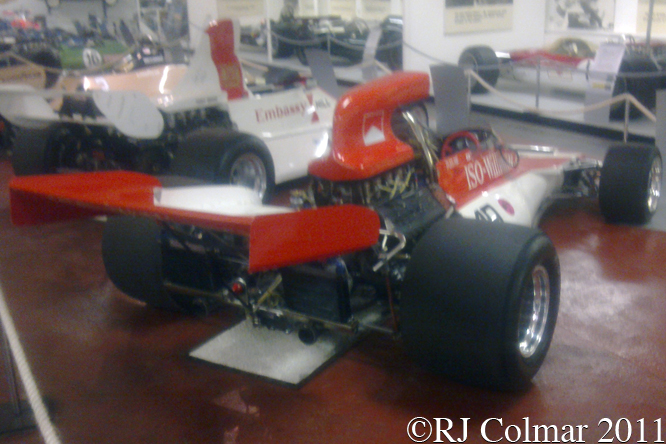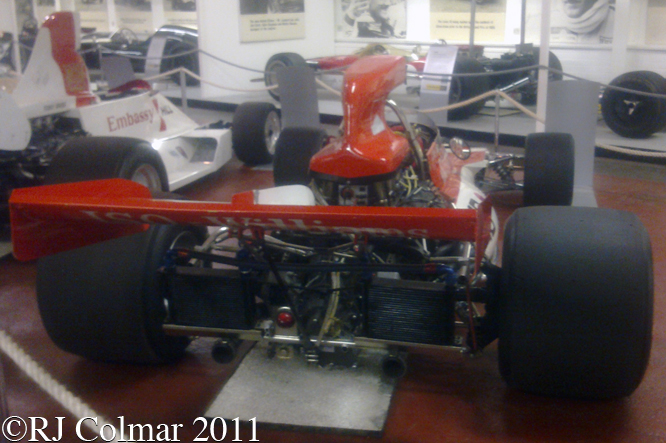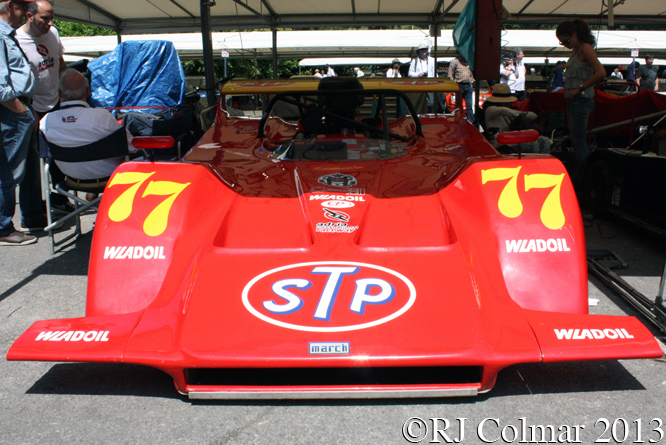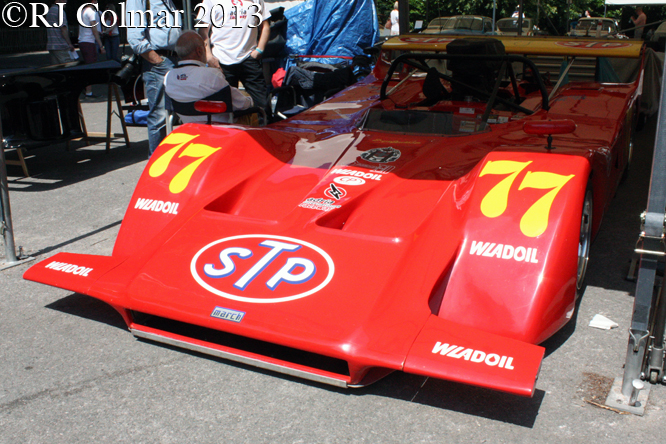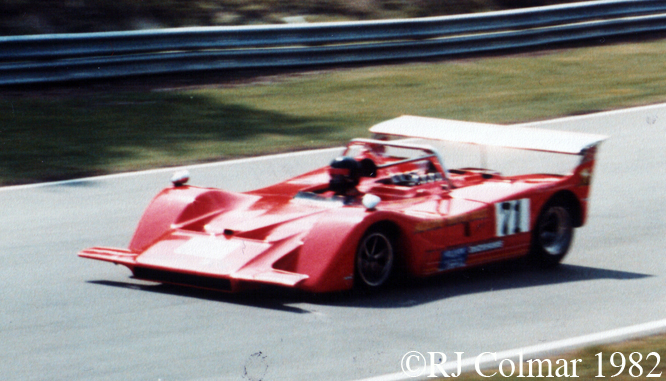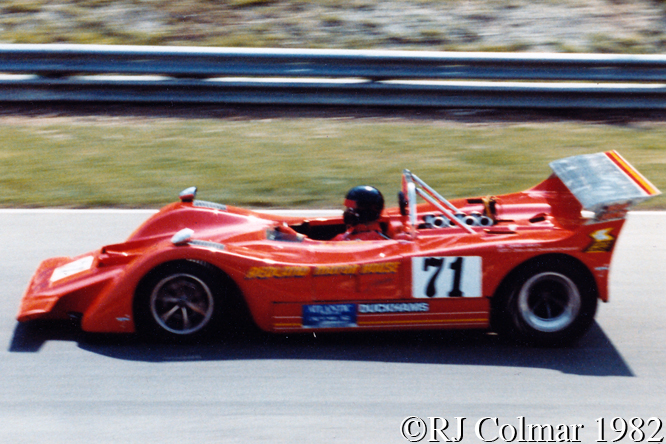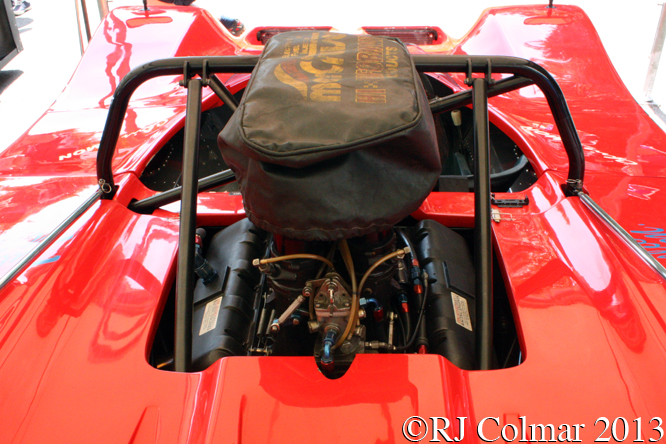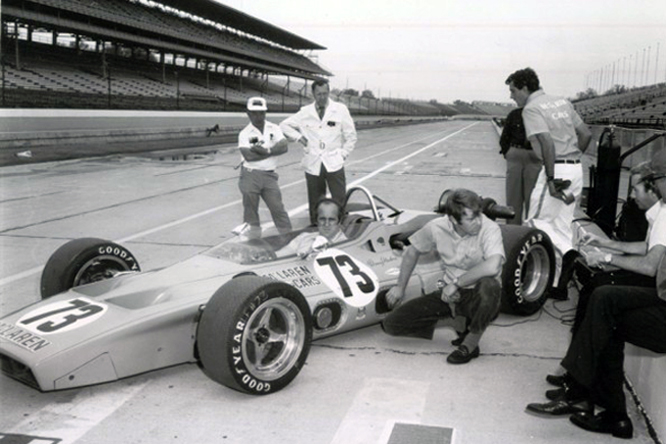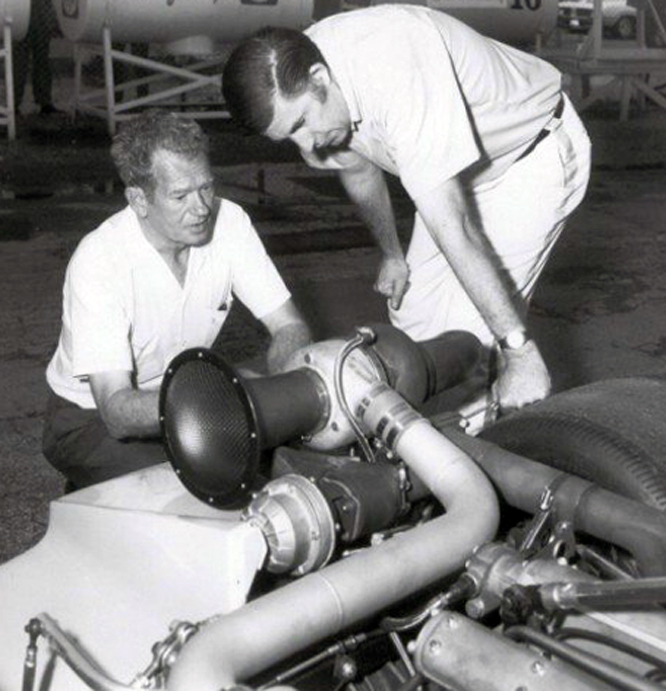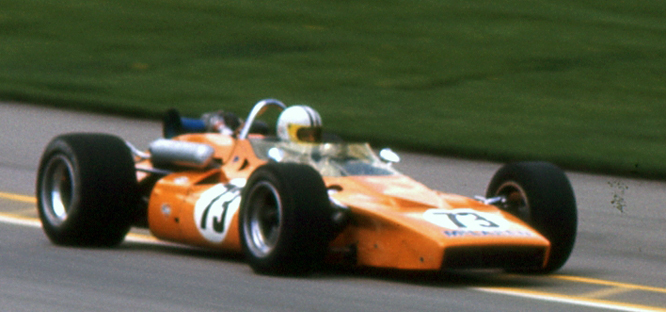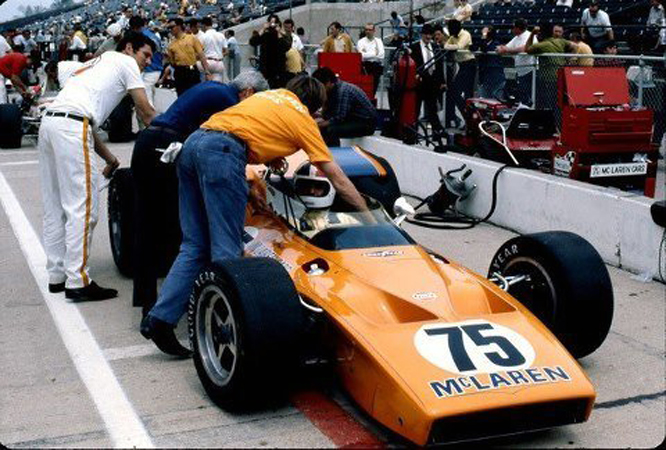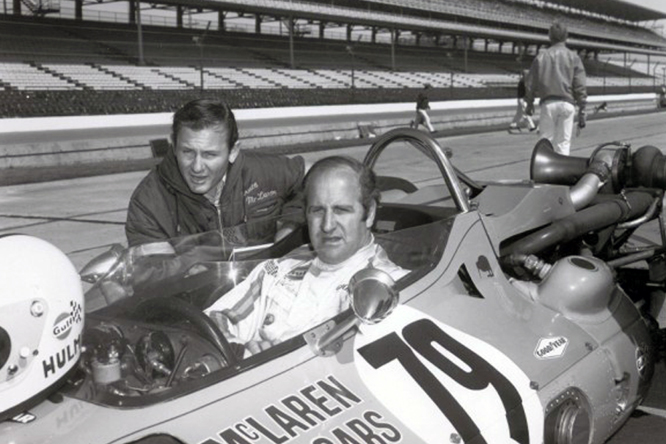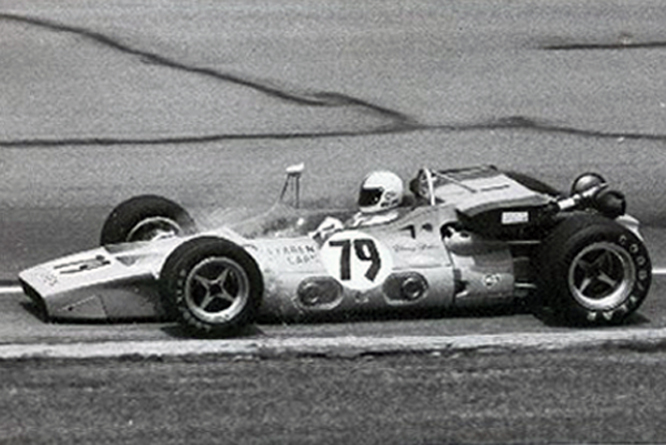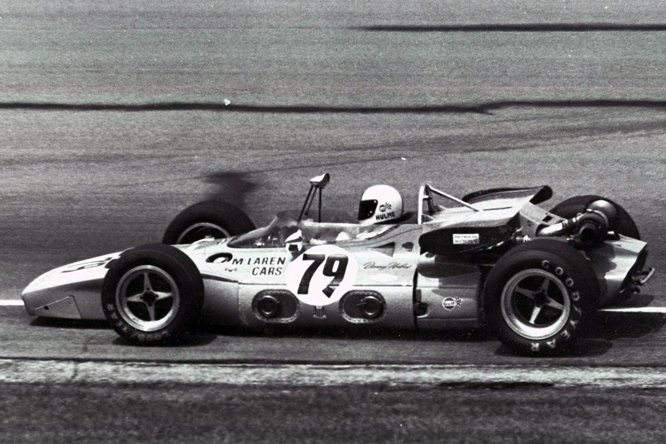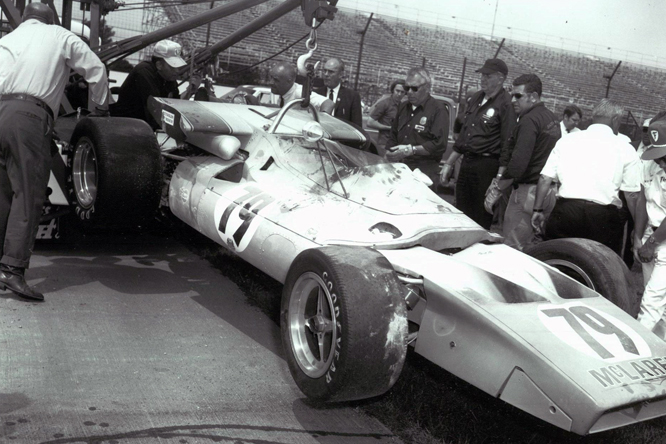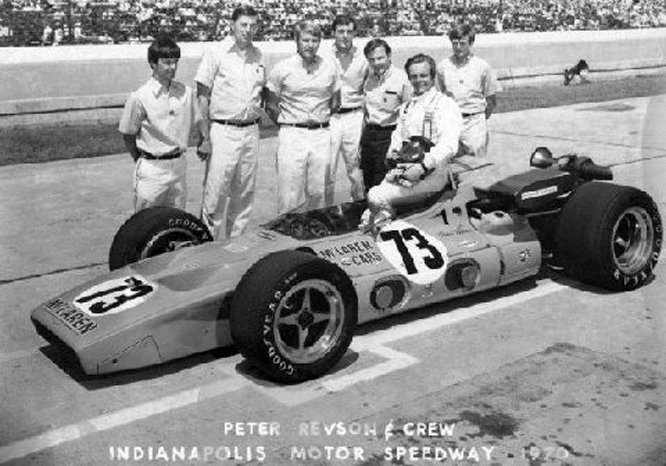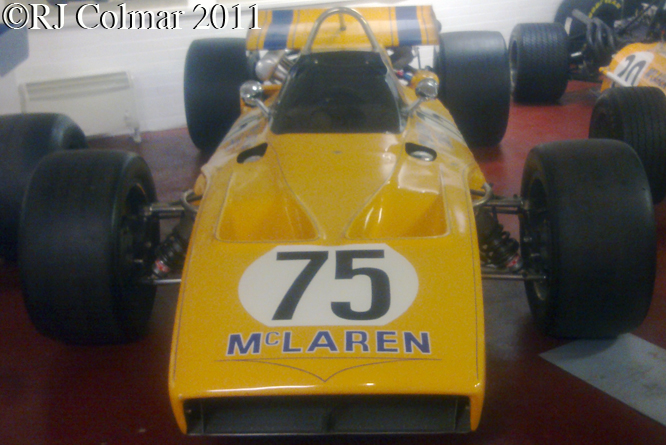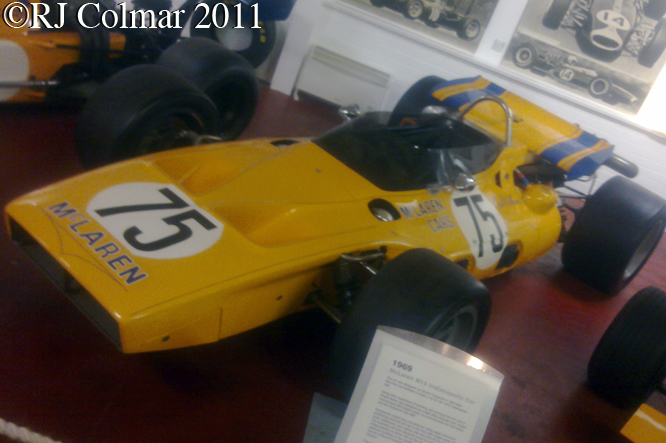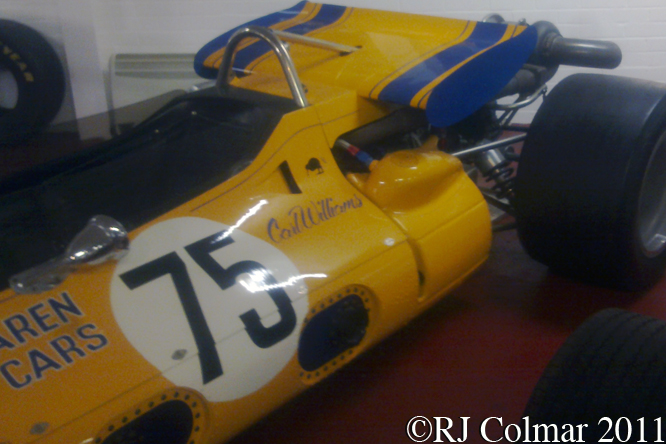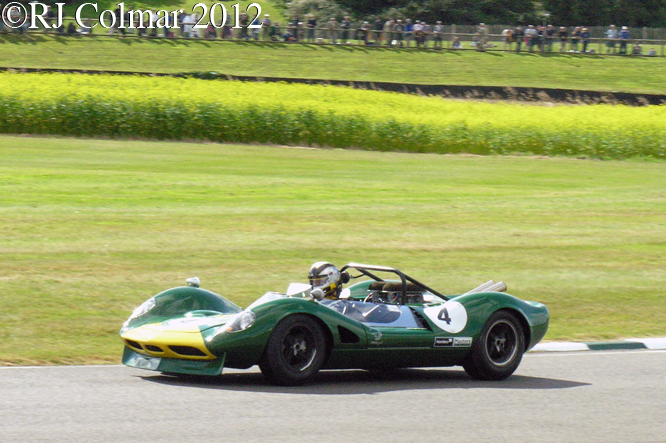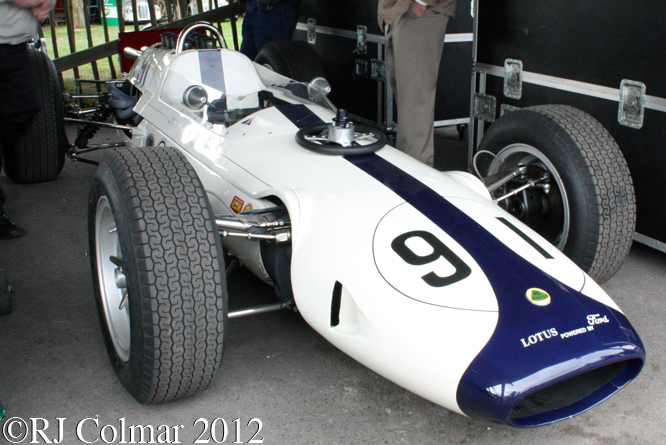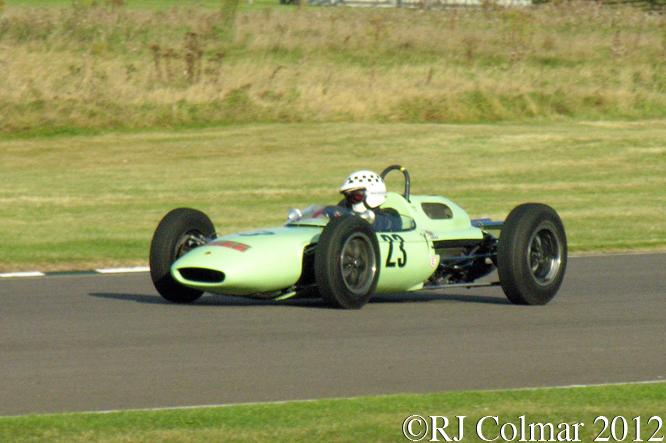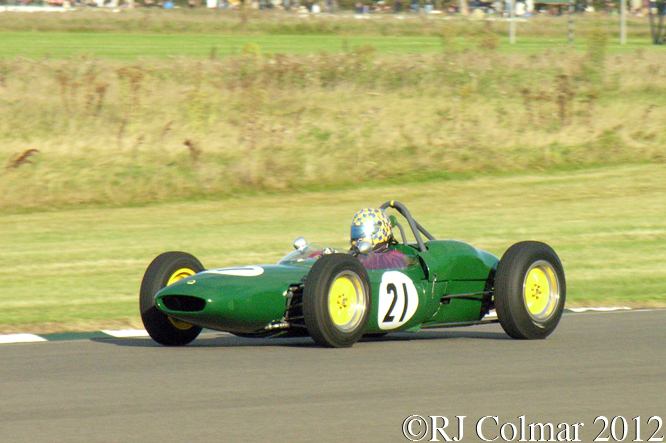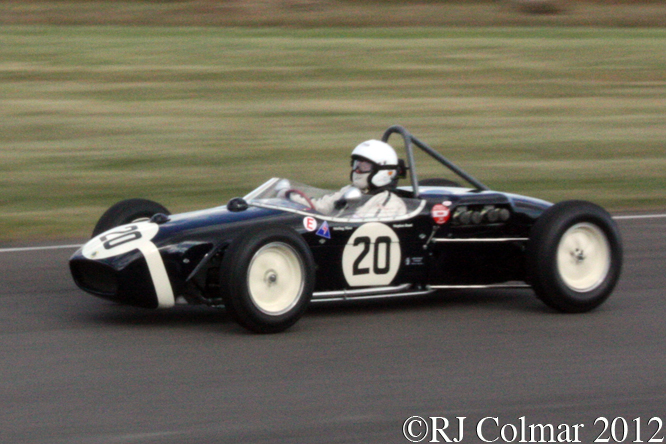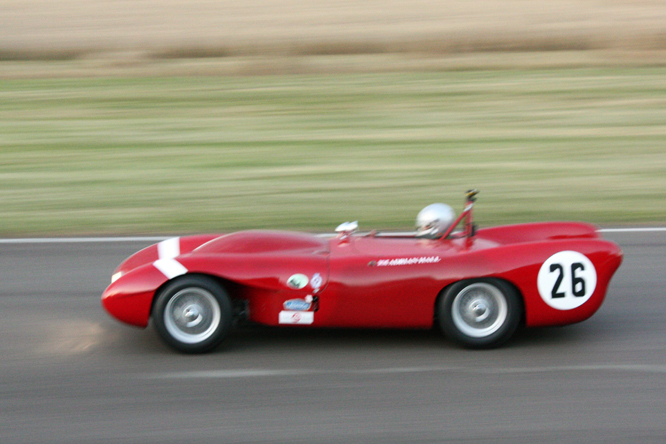For most of the 1975 season the dream of Lord Hesketh to run an independently funded Grand Prix team from the stables at his family pile, Easton Neston, Towcester, in Northamptonshire looked to be paying dividends which culminated with a win in the 1975 Dutch Grand Prix for James Hunt driving a Hesketh 308B.
Even as James was crossing the finishing line in Holland the finishing touches were being added to, what I believe is, today’s featured Hesketh 308C chassis #308C/1 that was built to conform to new regulations that were to be mandated from the 1976 Spanish Grand Prix onward.
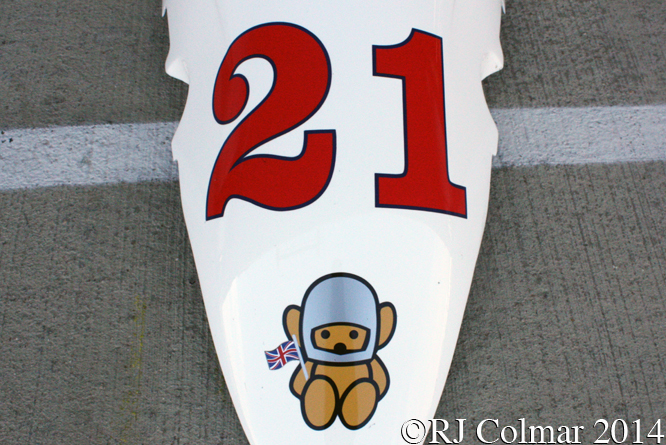
As well as having the increasingly popular low monocoque, a mandatory front cockpit roll over protection the 308C, conceived by Dr Harvey Postlethwaite, was notable for dispensing the the traditional springs and shock absorbers in favour of Aeon hollow rubber springs as first tried on the 308B.
James Hunt drove 308C/1 on three occasions finishing 8th from 11th on the grid in the non Championship Swiss Grand Prix, 5th form 8th on the grid in Italy and 4th from 15th on the grid at Watkins Glen in the US.
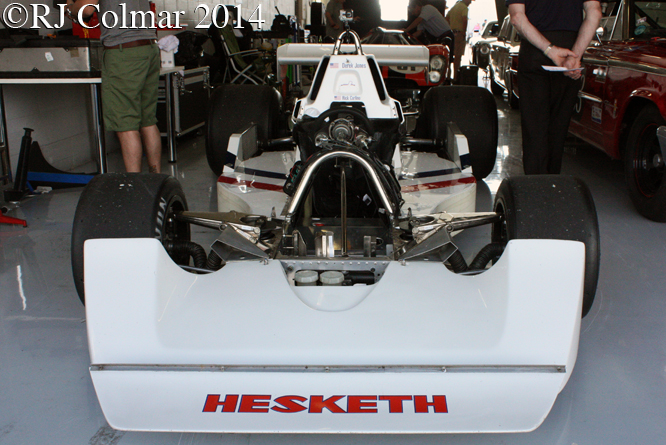
A second 308C chassis was completed but during the off season Lord Hesketh had to call time and sold both 308C’s and the rights to Frank Williams who, with new backing from naturalised Canadian oil tycoon Walter Wolf, also picked up the temporarily out of work Dr Harvey Postlethwaite.
The Lord handed over the remains of his own team to his team manager Bubbles Horsley who continued running Hesketh until it folded for good in 1978 while James Hunt moved to McLaren where he achieved his ambition.
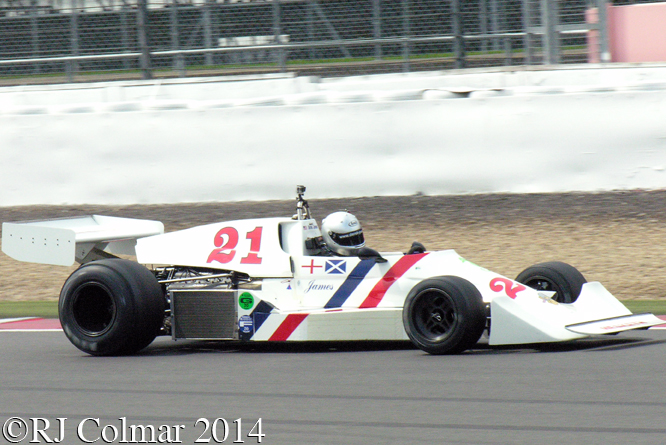
Despite starting the 1976 season with proven Formula One winner Jacky Ickx to drive the renamed FW05 with rookie Michele Leclere in the second car the FW05’s did not shine.
After Jacky posted a best 3rd, driving 308C/1 – FW05/1, in the non championship race of Champions and failed to qualify for four championship races he parted company with the team, who had already released Michele, after the British Grand Prix.
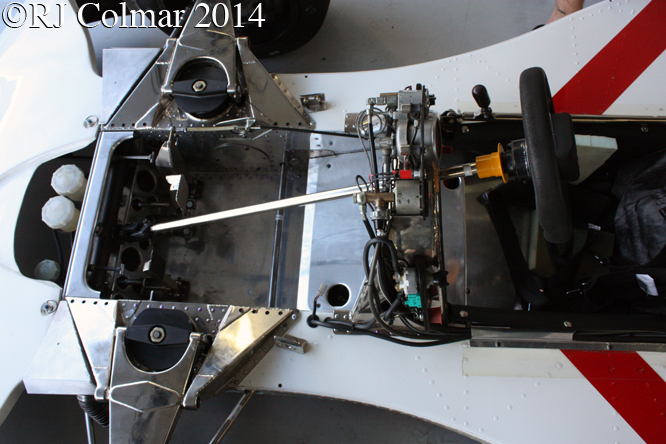
For a few races Wolf Williams soldiered on with a solo effort for Art Mezario who failed to finish any of his six starts in the car. while
Second drivers Chris Amon, who wrote off the second 308C chassis in practice in his final Formula One appearance, Warwick Brown and Hans Binder all failed to impress in the last three races of the season.
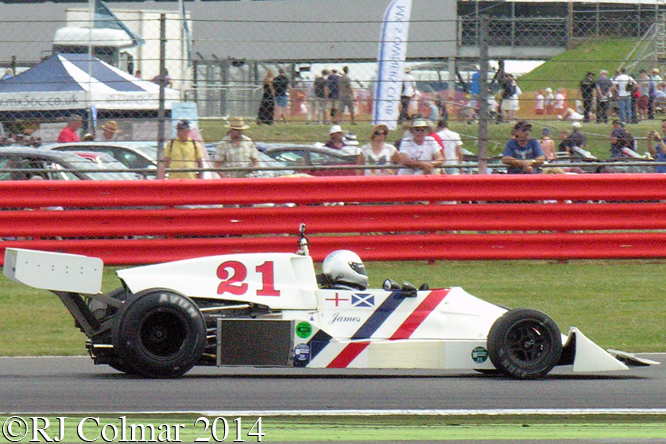
At the end of 1976 Frank Williams and Walter Wolf parted ways, Frank went on to run a second hand March for Patrick Neve engineered by former Wolf man Patrick Head at Williams Grand Prix Engineering.
While Walter retained Dr Postlethwaite and hired Jody Scheckter to form Walter Wolf Racing who hit the ground running at the start of the 1977 season.
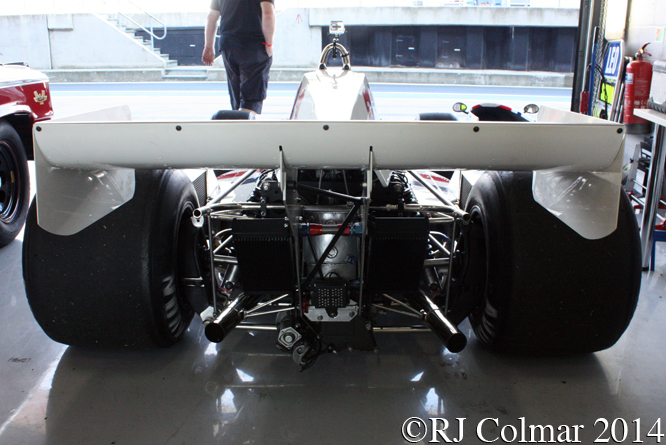
#308C/1 went on to make an appearance at Brands Hatch in the 1978 Aurora AFX Series driven by John Cooper who finished 8th.
American Derek Jones, seen driving the 308C above at Silverstone, tweeted that this car was run by Simon Hadfield, who is said to have taken #308C/1 to Monaco for the Historic event earlier last year by formulajunior.com.
If you know different please do not hesitate to chip in below.
Thanks for joining me on this “Aeon Springs” edition of “Gettin’ a li’l psycho on tyres” I hope you will join me again for Maserati Monday tomorrow. Don’t forget to come back now !


